Rising Demand for Steel Production
The Manganese Mining Market is experiencing a surge in demand due to the increasing production of steel, which is a primary consumer of manganese. Manganese is essential in steelmaking, enhancing strength and durability. As countries ramp up infrastructure projects and industrial activities, the demand for steel is projected to grow significantly. In 2025, the steel production is expected to reach approximately 1.9 billion tons, driving the need for manganese, which is anticipated to account for about 10% of the total steel production costs. This rising demand for steel directly influences the Manganese Mining Market, as mining companies strive to meet the needs of steel manufacturers.
Electric Vehicle Battery Production
The Manganese Mining Market is poised for growth due to the increasing utilization of manganese in electric vehicle (EV) batteries. Manganese is a critical component in lithium-ion batteries, which are widely used in EVs. As the automotive industry shifts towards electrification, the demand for manganese is expected to rise. In 2025, the EV market is projected to grow by over 20%, leading to a corresponding increase in manganese consumption. This trend indicates a significant opportunity for the Manganese Mining Market, as mining operations expand to supply the necessary materials for battery production, thereby supporting the transition to sustainable transportation.
Technological Innovations in Mining
The Manganese Mining Market is benefiting from technological advancements that enhance mining efficiency and reduce operational costs. Innovations such as automated mining equipment, advanced geological modeling, and real-time data analytics are transforming traditional mining practices. These technologies enable mining companies to optimize resource extraction and improve safety measures. As a result, the overall productivity of manganese mining operations is expected to increase, potentially leading to a rise in manganese output. This shift towards modernized mining techniques is likely to attract investments in the Manganese Mining Market, fostering growth and sustainability.
Geopolitical Factors Affecting Supply Chains
The Manganese Mining Market is subject to geopolitical influences that can impact supply chains and pricing. Political instability in key manganese-producing regions can lead to supply disruptions, affecting the availability of manganese in the market. Additionally, trade policies and tariffs can influence the cost of manganese imports and exports. In 2025, it is anticipated that geopolitical tensions may continue to shape the dynamics of the manganese supply chain, potentially leading to price volatility. Mining companies must navigate these challenges to ensure a stable supply of manganese, which is crucial for various industries, including steel and battery manufacturing.
Increasing Focus on Renewable Energy Sources
The Manganese Mining Market is influenced by the global shift towards renewable energy sources. Manganese plays a vital role in the production of energy storage systems, particularly in batteries used for solar and wind energy applications. As countries invest in renewable energy infrastructure, the demand for manganese is likely to increase. In 2025, the renewable energy sector is expected to expand significantly, with battery storage capacity projected to grow by over 30%. This trend presents a substantial opportunity for the Manganese Mining Market, as mining companies align their operations to support the growing need for manganese in energy storage solutions.


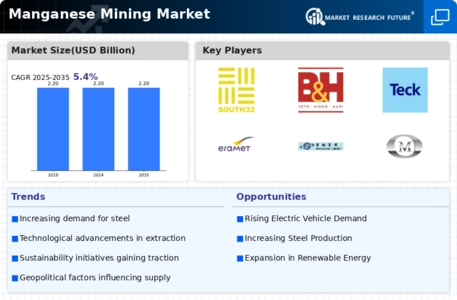

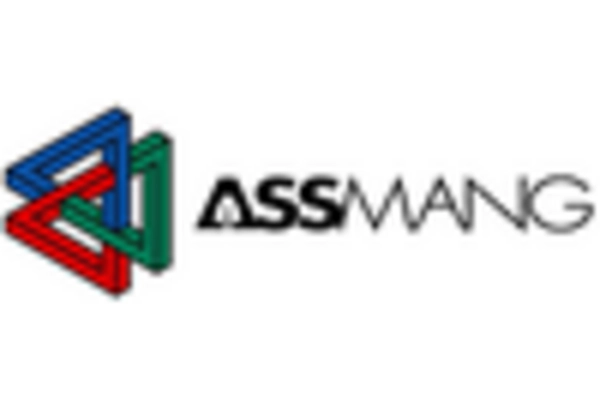
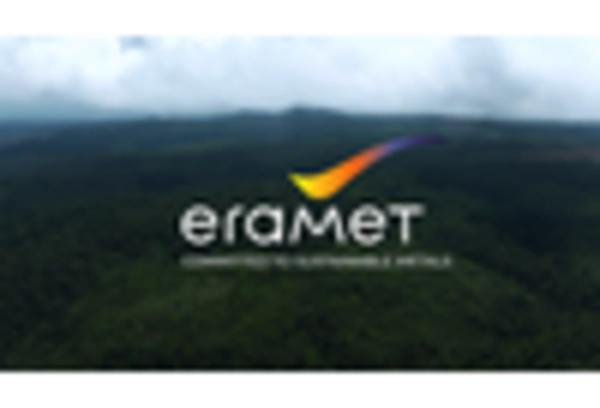
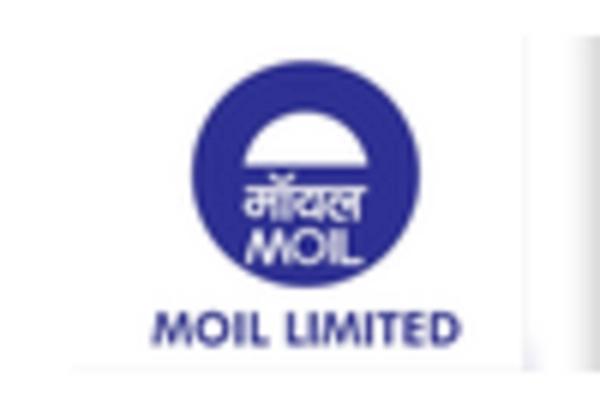
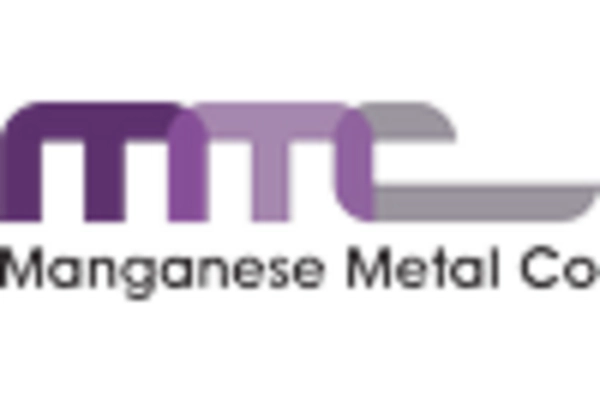










Leave a Comment